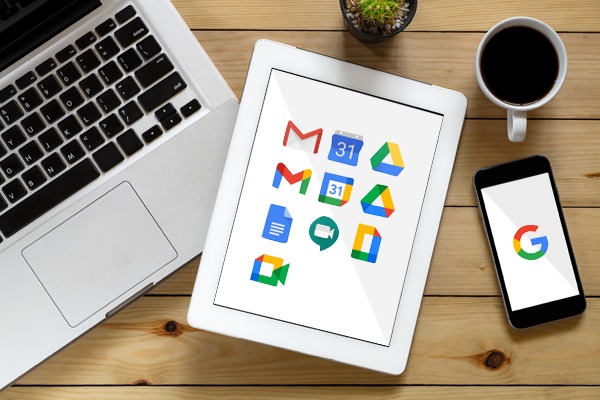
Unveiling the Distinctions: Gmail vs. Google Workspace
- by Joyce Thomas
Email services have become essential for both personal and professional interactions. Gmail and Google Workspace are well-known names in the realm of email providers. Although they originate from the same source, these platforms possess notable distinctions.
Gmail: Powerful Simplicity
Introduced in 2004, Gmail rapidly gained widespread recognition as a no-cost webmail platform. Its primary focus lies in catering to personal usage, offering storage capacity and fundamental email management functionalities. Boasting an intuitive interface, effective spam filtering, and powerful search capabilities, Gmail remains a favored option among casual users and individuals who do not necessitate advanced collaboration features.
Google Workspace: Collaboration and Productivity Suite
Contrarily, Google Workspace stands as an upgraded solution tailored to meet the needs of businesses and organizations. Previously recognized as G Suite, it underwent rebranding in 2020 to underscore its dedication to enhancing productivity. While Gmail constitutes a fundamental element within Google Workspace, the platform extends its offerings with a diverse range of supplementary tools and features designed to optimize collaboration and productivity.
A significant distinction arises from Google Workspace’s provision of custom domain support. This feature enables businesses to utilize their unique domain name for email addresses, imparting a heightened sense of professionalism. Additionally, Google Workspace empowers organizations with advanced administrative controls, facilitating efficient management of user accounts, security settings, and data retention policies.
Collaboration is another area where Google Workspace shines. It offers powerful tools like Google Drive, Google Docs, Google Sheets, and Google Slides, enabling real-time collaboration and document sharing among team members. These tools facilitate seamless teamwork, allowing multiple users to edit and comment on files simultaneously.
Another significant advantage of Google Workspace is its expanded storage capacity. While Gmail provides 15GB of free storage for personal accounts, Google Workspace offers additional storage for each user, making it ideal for businesses that require substantial data storage.
Conclusion:
To conclude, Gmail and Google Workspace target distinct needs and user groups. Gmail serves as a user-friendly and feature-packed email service primarily geared towards personal usage. In contrast, Google Workspace provides a comprehensive productivity suite that addresses the
collaborative requirements of businesses and organizations. It offers custom domain support, advanced administrative controls, and a wide array of collaboration tools.
The decision between Gmail and Google Workspace ultimately depends on individual needs. Casual users seeking a simple email experience may find Gmail more than satisfactory. On the other hand, businesses and organizations aiming for improved productivity and collaboration will benefit from the extensive suite of tools and features provided by Google Workspace.
Email services have become essential for both personal and professional interactions. Gmail and Google Workspace are well-known names in the realm of email providers. Although they originate from the same source, these platforms possess notable distinctions. Gmail: Powerful Simplicity Introduced in 2004, Gmail rapidly gained widespread recognition as a no-cost webmail platform. Its primary focus…